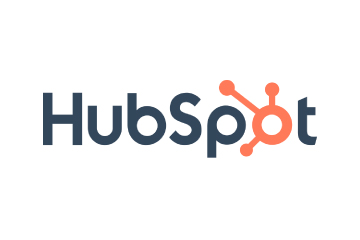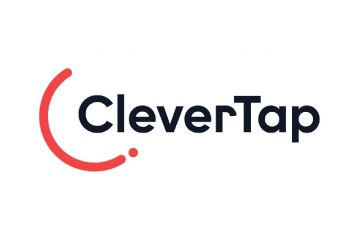Five Hidden Pitfalls of Hyper-Personalisation
Hyper-personalisation is often seen as the ultimate key to customer engagement, but many discussions focus on the same surface-level challenges.
What to Read Next
- Perion Integrates Perion One Platform with Amazon DSP
- Global Advertising Forecast: Ad Revenue Set to Reach $1.14 Trillion
- Fohr Launches Predictive Platform to Make Creator Marketing Measurable
- EngageLab Unveils AI-Driven Customer Service Platform LiveDesk
- Cadent, Google Cloud Partner to Bring Data-Driven Intelligence to Advertisers

Hyper-personalisation is often hailed as the holy grail of customer engagement. While the buzz around it is undeniable, much of the conversation revolves around the same tired myths and challenges.
For industry insiders, these well-trodden points like data privacy concerns or the role of AI are table stakes. So, let’s dig deeper.
Here are five underappreciated aspects of hyper-personalisation that deserve more attention, along with fresh perspectives on how businesses can navigate them.
1. The Paradox of Choice in Hyper-Personalisation
Perception: More personalisation options always lead to better customer satisfaction.
Reality check: While hyper-personalisation aims to simplify decision-making, it can sometimes overwhelm customers with too many choices. For example, recommending 50 “perfectly tailored” products can paralyse a shopper just as much as a generic list.
What you can do: Instead of bombarding customers with endless options, businesses should focus on curated simplicity. Use AI to narrow down choices to a handful of highly relevant recommendations. Think of it as the “Goldilocks zone” of personalisation—not too little, not too much, but just right.
2. The Silent Role of Emotional Intelligence in Personalisation
Perception: Hyper-personalisation is purely data-driven and algorithmic.
Reality check: While data and algorithms are critical, they often miss the emotional nuances of customer behaviour. For instance, a customer browsing baby products might be celebrating a new addition—or coping with a loss. Algorithms alone can’t always discern the difference.
What you can do: Businesses should explore emotion-aware personalisation. This involves combining behavioural data with contextual cues (e.g., tone of customer service interactions, social media sentiment) to create experiences that resonate on a human level. Tools like sentiment analysis and natural language processing (NLP) can help bridge this gap.
3. The Hidden Cost of Over-Reliance on Historical Data
Perception: Historical data is the best predictor of future behaviour.
Reality check: Relying solely on past behaviour can lead to stale or irrelevant personalisation. For example, a customer who bought a yoga mat last year might now be into cycling, but your algorithms keep pushing yoga products.
What you can do: Incorporate real-time intent signals into your personalisation strategy. Use tools like session replay, live chat interactions, and real-time browsing behaviour to adapt recommendations on the fly. This dynamic approach ensures your personalisation stays relevant and timely.
4. The Untapped Potential of Offline Data in a Digital World
Perception: Hyper-personalisation is only possible with online data.
Reality check: Offline interactions—like in-store purchases, call centre conversations or event attendance—are a goldmine of untapped insights. Yet, many businesses fail to integrate this data into their personalisation strategies.
What you can do: Invest in omnichannel data integration. By blending online and offline data, businesses can create a holistic view of the customer journey. For instance, a retailer could use in-store purchase history to personalise ecommerce recommendations, creating a seamless experience across channels.
5. The Ethical Dilemma of Algorithmic Bias in Personalisation
Perception: Algorithms are neutral and objective.
Reality check: Algorithms can inadvertently perpetuate bias, leading to unfair or exclusionary personalisation. For example, a job recruitment platform might recommend higher-paying roles to men over women based on historical hiring data.
What you can do: Businesses must adopt ethical AI frameworks to audit and mitigate bias in their personalisation algorithms. This includes diversifying training data, implementing fairness checks, and being transparent about how algorithms make decisions. Ethical personalisation isn’t just a moral imperative, it’s a competitive advantage.
The Way Forward: Rethinking Hyper-Personalisation
Hyper-personalisation is more than just a technical challenge, it’s a strategic and philosophical one. By addressing these underappreciated aspects, businesses can move beyond the basics and create truly meaningful, human-centric experiences.
The future of hyper-personalisation lies in striking a delicate balance: leveraging cutting-edge technology while staying attuned to the emotional, ethical, and practical realities of customer engagement. For businesses willing to explore these uncharted territories, the rewards will be well worth the effort.
Stay tuned for Part 2
ALSO READ: Synergy Between Human Insight and AI-Powered Execution








































































































